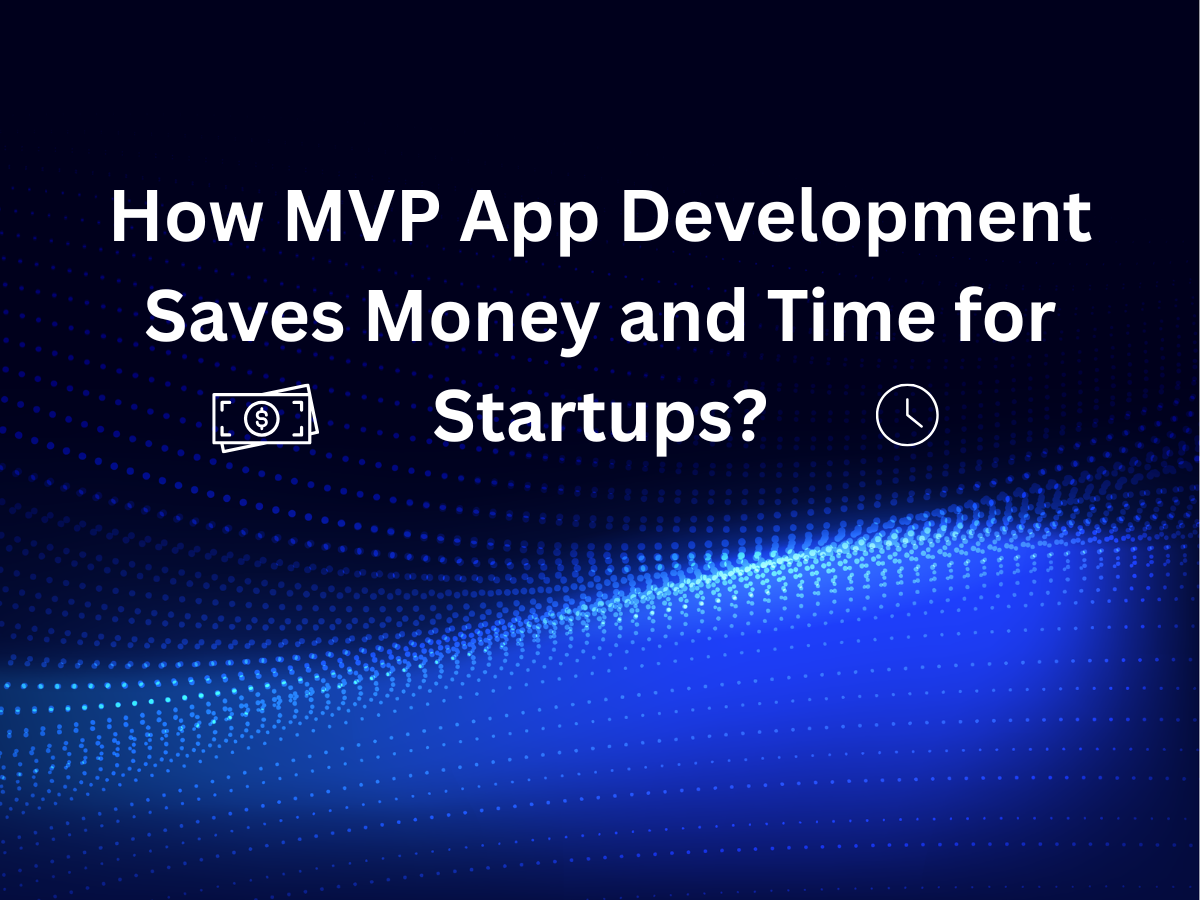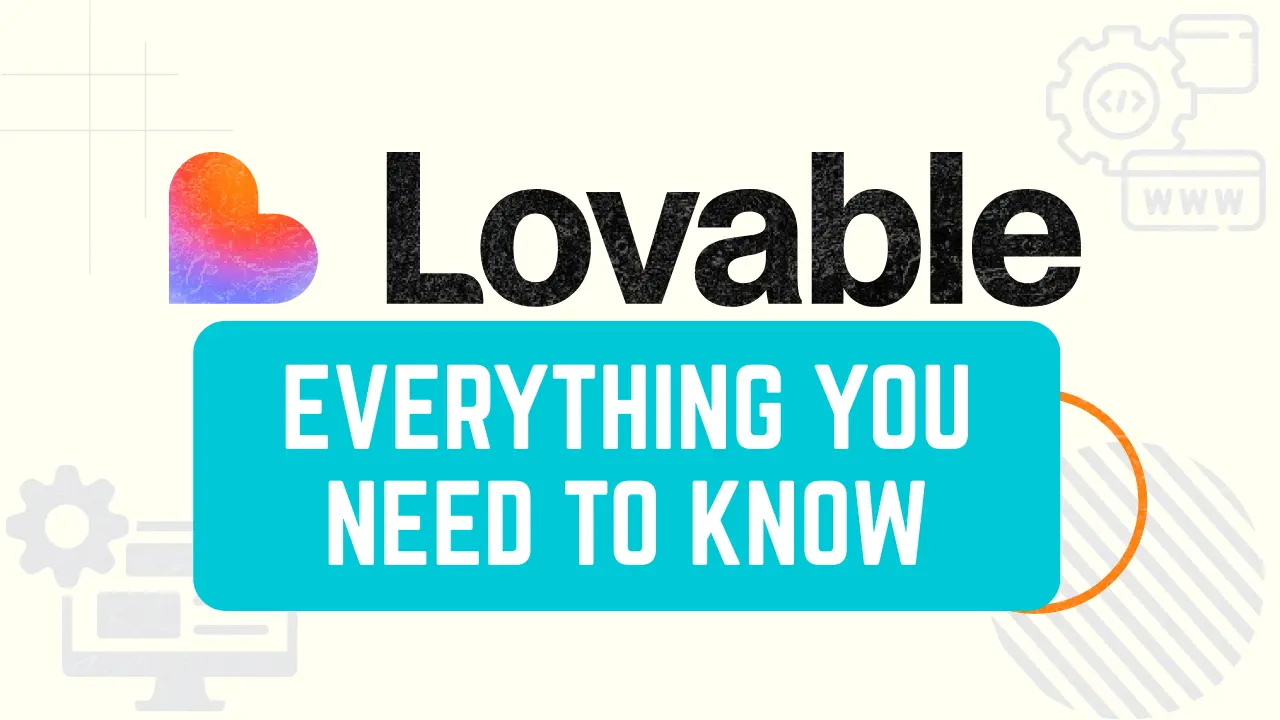.png)
In the world of mobile app development, developers often have to decide how to build their apps. They can either choose to use one code for both Android and iOS with cross-platform tools, or they can develop separately for each platform with native tools.
When developing applications in native languages, developers must select platform-specific languages such as Java or Kotlin for Android and Objective-C or Swift for iOS. On the other hand, cross-platform development offers alternatives like Flutter, React Native, Xamarin, and others. Each platform choice comes with its own set of advantages, drawbacks, and requirements.
In this article, we will explore both approaches to mobile app development—Flutter and native development. We'll delve into their respective advantages and disadvantages in terms of performance, development cycle, community support, and more.
Flutter is a popular open-source cross-platform framework that enables developers to create natively compiled applications for mobile, web, and desktop from a unified codebase. Developed by Google, Flutter has garnered significant acclaim among mobile developers. It utilizes the Dart programming language, which is designed by Google and is relatively easy to learn, especially for those familiar with languages like Java and JavaScript.
Cross-Platform Support: Developers can build Android and iOS apps with consistency using a single codebase. It also facilitates the development of web and cloud applications with additional effort.
Hot Reload: Unlike native app development where developers must wait to see small changes, Flutter offers Hot Reload, allowing instant testing of code modifications.
Cost-Effectiveness: Using a single codebase for Android and iOS development reduces overall project costs, making Flutter an attractive choice for migration from native development.
Community Growth: Despite its relatively short time in the market, the Flutter community has grown significantly year after year.
Limited Platform-Specific Features: While Flutter supports platform-specific features like sensors and Bluetooth in certain contexts, it may not match the efficiency of native development in all cases.
Learning Curve: Due to the adoption of Dart, which is a relatively new language, developers may need to invest time in learning its nuances and best practices.
Native development involves using platform-specific tools and languages tailored for each operating system. For Android, developers typically use Java or Kotlin with Android Studio, while iOS developers use Swift or Objective-C with Xcode. Native development leverages the unique capabilities of each platform and is essential for applications requiring deep hardware integration or utilizing platform-specific features.
Platform-Specific Optimization: Native apps are optimized for each platform, ensuring superior performance, especially critical for resource-intensive applications.
Native Look and Feel: Applications developed natively provide an interface that closely aligns with the platform's design standards, offering a seamless user experience.
Easy Hardware Integration: Direct access to device hardware ensures smooth integration with front-end applications without additional abstraction layers.
Rich Library Support: Established native languages boast extensive libraries and plugins, accelerating development by leveraging existing tools and components.
Higher Development Costs: Developing separate Android and iOS apps with native tools necessitates dedicated resources for each platform, leading to increased development costs. Development Time: Maintaining distinct code bases for Android and iOS can extend development timelines and require more resources to manage effectively.
Flutter streamlines development with a single codebase for both Android and iOS applications, enhancing development efficiency and promoting code reuse.
Native development entails specific prerequisites: Android development requires proficiency in Java/Kotlin and utilizes Android Studio as the IDE, while iOS development demands familiarity with Objective-C/Swift and employs Xcode. These platform-specific demands contribute to extended development timelines.
Flutter offers a comprehensive suite of customizable widgets for UI design, ensuring consistency across platforms. However, achieving pixel-perfect designs may be more challenging compared to native development due to its widget-based approach.
Native development leverages platform-specific UI controls that seamlessly adhere to the respective platform's design guidelines, ensuring uniformity across devices. Notable examples include Material Design for Android and Human Interface Guidelines for iOS.
Flutter compiles to native ARM code, delivering commendable performance. However, additional layers between Flutter code and the native platform may introduce slight performance overhead.
Apps developed natively on their respective platforms are inherently optimized, offering superior performance compared to cross-platform alternatives.
Flutter has rapidly expanded its community, contributing diverse widget libraries and plugins despite being relatively new in the cross-platform landscape.
Native platforms like Java for Android and Objective-C for iOS boast long-established, extensive communities due to their decades-long presence in the market.
Flutter developers have the flexibility to choose between Android Studio or Visual Studio Code, compatible with Windows, macOS, and Linux environments. For native Android development, developers typically use Android Studio, Eclipse, or IntelliJ IDEA, while Xcode is exclusively used for native iOS development on macOS.
Flutter's cross-platform support makes it a cost-effective choice for development, leveraging shared codebases to reduce overall project costs. Native app development requires separate development efforts for Android and iOS, leading to higher costs due to the need for platform-specific expertise.
Flutter's declarative UI approach allows developers to consolidate business logic and UI within the same file, resulting in streamlined code management and fewer files. Native development separates UI and business logic into distinct files (XML and Java/Kotlin for Android), potentially resulting in a larger number of files to manage.
To decide between Flutter and Native, several factors must be considered. Below, we'll explore typical use cases to help determine the appropriate platform choice.
The decision between Flutter and Native (Android/iOS) hinges on specific project requirements, priorities, constraints, and available resources. Flutter excels in scenarios requiring cross-platform development, rapid development cycles, and consistent design across all platforms. It is also advantageous for projects with cost constraints. On the other hand, Native development is preferable for projects prioritizing adherence to design guidelines, long-term maintenance plans, and seamless platform integration.
Careful evaluation of each factor—such as project requirements, budget, and available resources—will guide developers toward achieving optimal outcomes.
It's summertime, which means it's time to level up your skills! Over 5,000 learners have successfully completed our DSA to advanced development programs like Full-Stack, Backend Development, and Data Science.
Why go anywhere else when InceptMVP can provide you with unparalleled expertise in both Flutter and native development? Whether you're aiming to create versatile cross-platform applications or leverage the native strengths of Android and iOS, InceptMVP offers comprehensive solutions tailored to your needs.
Our team at InceptMVP is equipped with specialized knowledge in Flutter, enabling efficient development with a single codebase for Android, iOS, and web applications. We ensure your project benefits from accelerated development cycles, cost-efficiency through code reuse, and a consistent user experience across platforms.
Alternatively, if your project requires the performance optimization and platform-specific capabilities offered by native development, InceptMVP excels in crafting robust Android and iOS applications. We adhere strictly to platform guidelines, integrate seamlessly with device hardware, and prioritize long-term maintainability.
Whether you're a startup seeking rapid deployment or an enterprise aiming for scalable solutions, InceptMVP stands ready to support your goals with our diverse technical expertise and commitment to excellence in software development.

Build Less, Learn More: MVP App Development for Smart Startups.
Read More
What is Lovable AI? Full guide to the AI app builder that turns prompts into apps. Learn features, use cases, and tips for AI-powered app development.
Read More
Protect your Bubble.io app in 2025 with essential tips for data safety and user security.
Read More